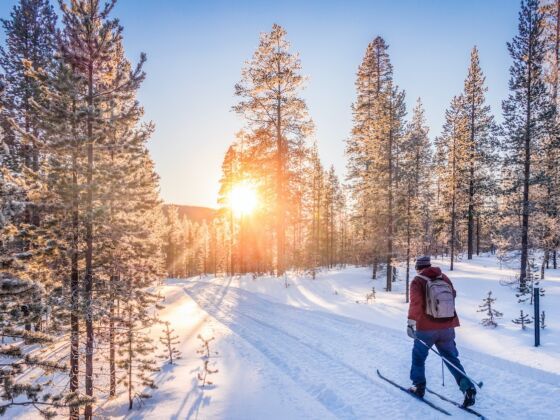Itinerary #1
From Bozeman, drive Highway 191 along the Gallatin River and through the valley of the same name. This will take you to the town of West Yellowstone and is a good route for downhill skiers, as it passes Big Sky Resort, Montana’s premier downhill skiing destination.
